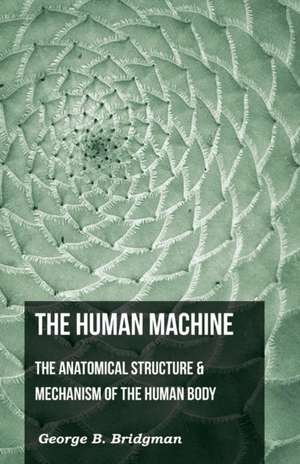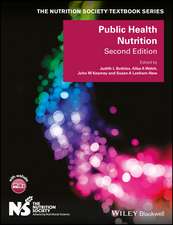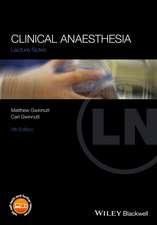The Human Machine - The Anatomical Structure & Mechanism of the Human Body: Its Organization and Administration
Autor George B. Bridgemanen Limba Engleză Paperback – 26 oct 2008
Preț: 165.35 lei
Preț vechi: 174.06 lei
-5% Nou
Puncte Express: 248
Preț estimativ în valută:
31.64€ • 33.18$ • 26.39£
31.64€ • 33.18$ • 26.39£
Carte tipărită la comandă
Livrare economică 07-21 ianuarie 25
Preluare comenzi: 021 569.72.76
Specificații
ISBN-13: 9781443775489
ISBN-10: 1443775487
Pagini: 144
Dimensiuni: 140 x 216 x 9 mm
Greutate: 0.19 kg
Editura: Holyoake Press
ISBN-10: 1443775487
Pagini: 144
Dimensiuni: 140 x 216 x 9 mm
Greutate: 0.19 kg
Editura: Holyoake Press






